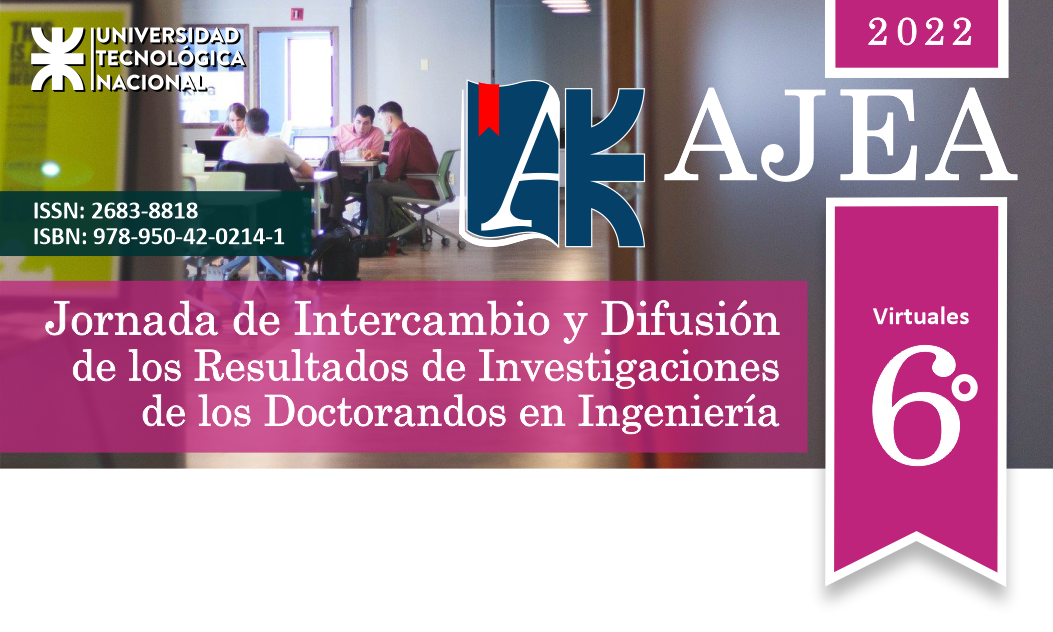Material flow analysis of an industrial symbiosis network in Mendoza, Argentina
DOI:
https://doi.org/10.33414/ajea.1037.2022Keywords:
Cascade factor, Circular economy, Plastics, Material flow analysis, RecyclingAbstract
The transition towards a circular economy requires methodologies and proper indicators to understand resource use comprehensively. This work evaluates the material flows of an industrial symbiosis network in Mendoza, Argentina, where five companies exchange plastic wastes. A Material Flow Analysis was developed for 2021, which involved investigating the input and output flows, including municipal solid waste, plastic waste, recycled plastic pellets and resources for producing virgin plastic. The industrial symbiosis network achieved a 97% reduction in landfilled waste and recovered 602 tons of materials. The cascade factor was used as an indicator to assess circularity, and for the calculation, information on virgin raw material flows, post-consumer waste and industrial waste was collected. In addition, recycling efficiency was considered by modifying the original indicator. When the global system was analysed, the indicator resulted in 1.03. Then the cascade factor was disaggregated for the recycling sector, and a value of 15.07 was obtained. Cascade factor provided a comprehensive analysis of the different material flows; however, some aspects could be included for a better understanding of the benefits of industrial symbiosis, such as the replacement of virgin raw materials and the amount of materials disposed of in the landfill.










